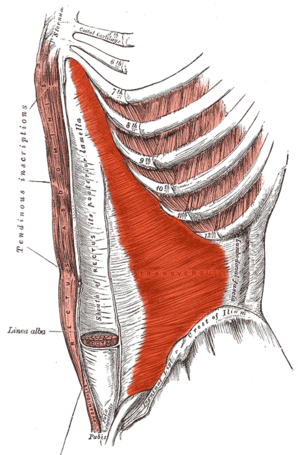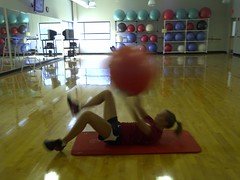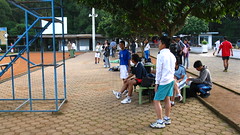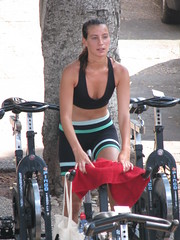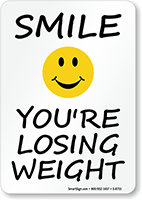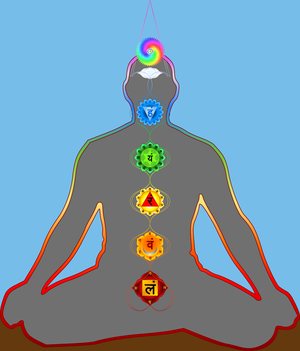What Are Your Core Muscles?
| Transversus abdominis muscle (Photo credit: Wikipedia) |
* Pelvic floor muscles
* Transversus abdominis
* Multifidus
* Internal and external obliques
* Rectus abdominis
* Longissimus thoracis
* Diaphragm
* Latissimus dorsi
* Gluteus maximus
* Trapezius.
The Importance of Strong Core Muscles
When you have strong core muscles you instantly have better posture. Better posture not only makes you look better, you actually feel better too. Your balance and stability are strengthened which makes it easier for you to perform both basic functions and also more challenging exercises.
Strong core muscles mean you’re less susceptible to injury. You may know that the single most common type of complaint or injury is back pain. The primary reason for this is weak core muscles. Most people sit all day this weakens the core muscles because they’re not engaged. Picture yourself right now sitting on the couch or at your desk. Do you have good posture? Probably not. When you strengthen your core muscles your posture automatically improves. However more importantly you also minimize the chance you’ll injure your back or suffer from back pain.
Strong core muscles also help you burn fat and calories. Your core muscles are a very large muscle group. When you focus on strengthening them you’re building muscle in your body. Muscle burns more fat and calories than fat does - hence, the more muscle you have, the more calories you're burning - even while at rest (sounds great huh?).
Finally, strong core muscles make you look great! You know what a great stomach and back look like, right? And your backside and hips are also part of your core. If you want rock hard abs and a good backside, strengthen your core!

There’s no special equipment to buy, and the video will cost you no more than a large cappuccino. The trainers, Fred DeVito and Elisabeth Halfpapp, have more than fifty years of combined fitness training experience. If you don’t have an Exhale spa near you or you prefer the convenience and comfort of working out at home, consider the Core Fusion Exhale Body Sculpt DVD
